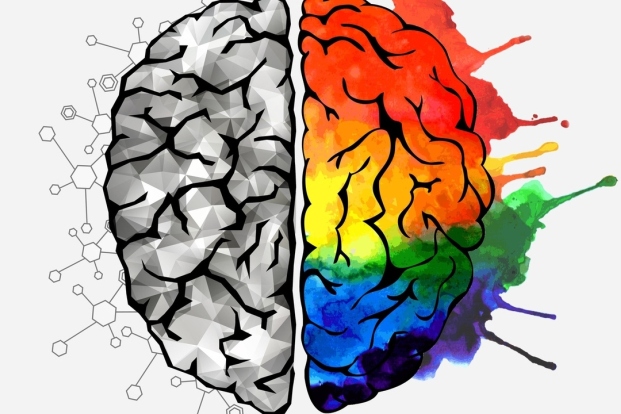Treatment for People who are at Risk for Suicide

in Psychiatry and Psychology
Apr 19, 2022
Suicide is currently the third leading cause of death for youth between the ages of 15 and 24, and each year, nearly 4,600 youth ages 10 to 24 commit suicide3. Even more troubling statistics are – For every suicide amongst youth aged 15 to 24, there are between 100 and 200 suicide attempts. In fact, a national survey conducted in 2011 found that 15.8% of high school students seriously contemplated suicide in the last year, 12.8% had made a plan to commit suicide, 7.8% had attempted suicide at least once, and 2.4% received medical care for an injury sustained during a suicide attempt.

How to prevent Suicides?
Implications of these following research findings should be considered, may reduce risk of suicidal tendency in people
- Parents play an important role – Positive parental relationships are one of the most consistent protective factors. Adolescents who are more connected and supported by their family have a lower risk of engaging in suicidal behaviors.
- Talk to someone – Seeking help –or encouraging a friend to do so –may be particularly important for adolescents who may be struggling with a mental health issue.
- Parents need to be open and trusting – It is critical that parents talk to their kids about suicide in a loving, trusting, nonjudgmental way and be knowledgeable about available resources in their community.
- Keep the bad elements away – Identifying and limiting access to potential suicidal risk factors such as drugs, alcohol, and firearms may help reduce the risk of suicide.
- Focus on the educational environment – Creating an inclusive and supportive school or college environment could serve as a protective factor for at-risk youth.
- Gauge the risk – Talking about suicide with students, parents, and teachers is important in order to assess at-risk suicidal adolescents and increase knowledge about suicide risk.
- Create awareness – Communities at large should foster awareness that suicide is a problem in every community and is preventable. Mandating suicide education as a requirement of schools curriculum can help provide students skills to address suicide risk in themselves and their peers. Educating teachers, faculty, and peers of the warning signs and risk factors associated with suicide may help identify suicidal adolescents earlier.







